Innovations for Educational Facility Design
Learning Objectives:
- Discuss the main issues affecting high-performance school design, as indicated by the CHPS and LEED for Schools certification programs.
- Describe strategies for enhancing learning environments using retrofit or renovation strategies to improve daylighting, flexibility of use, or energy efficiency.
- Explain how new curricular and organizational approaches by educators are affecting the programming and planning of educational facilities.
- List examples of building techniques and technologies specifically designed to improve student health or the life cycle and durability of educational buildings.
Credits:
Working alongside educators around the country, savvy architects are bringing curriculum-responsive designs and technical innovations to today's K-12 and higher-education environments. On the one hand, this movement stems from the ongoing evolution of building systems, materials, finishes and furnishings specified for cost-effective, sustainable education end-uses. On the other, national and regional programs have helped codify design excellence for learning places, such as EduTopia, Architects of Achievement, and the American Institute of Architects Committee on Architecture for Education (CAE). Two key sustainability certification programs – the U.S. Green Building Council's LEED for Schools and the Collaborative for High Performance Schools (CHPS) – have been adopted by localities, owner groups and a wide range of individual school districts across the country.
The challenges facing U.S. educators today range from social and technology pressures to issues of budgeting and political reform. After almost a decade of focus on new building, facility owners nationwide are turning their attention to adaptive renovations and tactical expansions, with a focus on energy and operational costs. Across campuses and within classrooms, the projects echo new ways to teach and learn – and a changing conception of how schools work.
"Educators are moving away from the factory models of the 19th and 20th centuries," says Mark Quattrocchi, AIA, principal of Santa Rosa, Calif.-based Quattrocchi Kwok Architects. "Instead of lecture-style learning in self-contained classrooms, there's more project-based, student-centered learning. So we're grouping classrooms together and opening up spaces."
The workplace consultant DEGW, a division of Los Angeles-based AECOM, advocates the term "learning landscapes" to describe sweeping changes in how educational interiors are organized. Another macro-trend is revived interest in regional influences and local context. "Creating and reviving this sense of place for a campus strengthens the school's identity and presence," says Daniel Kelley, FAIA, senior partner with MGA Partners Architects in Philadelphia. "The best classroom buildings and places of learning respond to and revive the context of the campus. Through craft – and a modern sensibility – we connect students and the community back to the legacy of earlier campus designs, and forward to a progressive vision."
 |
Linden Grove Middle School, Kalamazoo, Mich. Photo courtesy of Guardian Industries |
Notice
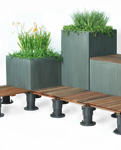
www.BisonIP.com
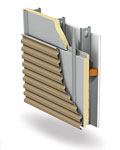
www.buildbetterwalls.com

www.price-hvac.com/sustainable
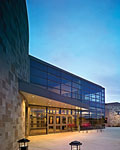
www.sunguardglass.com
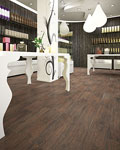
www.floridatile.com
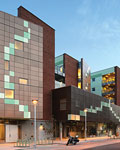
www.dri-design.com
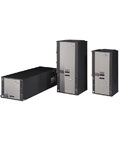
www.climatemaster.com
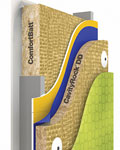
www.roxul.com
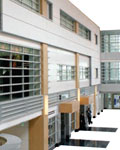
www.safti.com
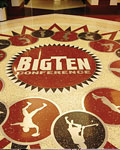
www.ntma.com
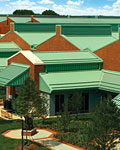
www.PAC-CLAD.com
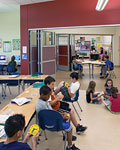
www.Nanawall.com









